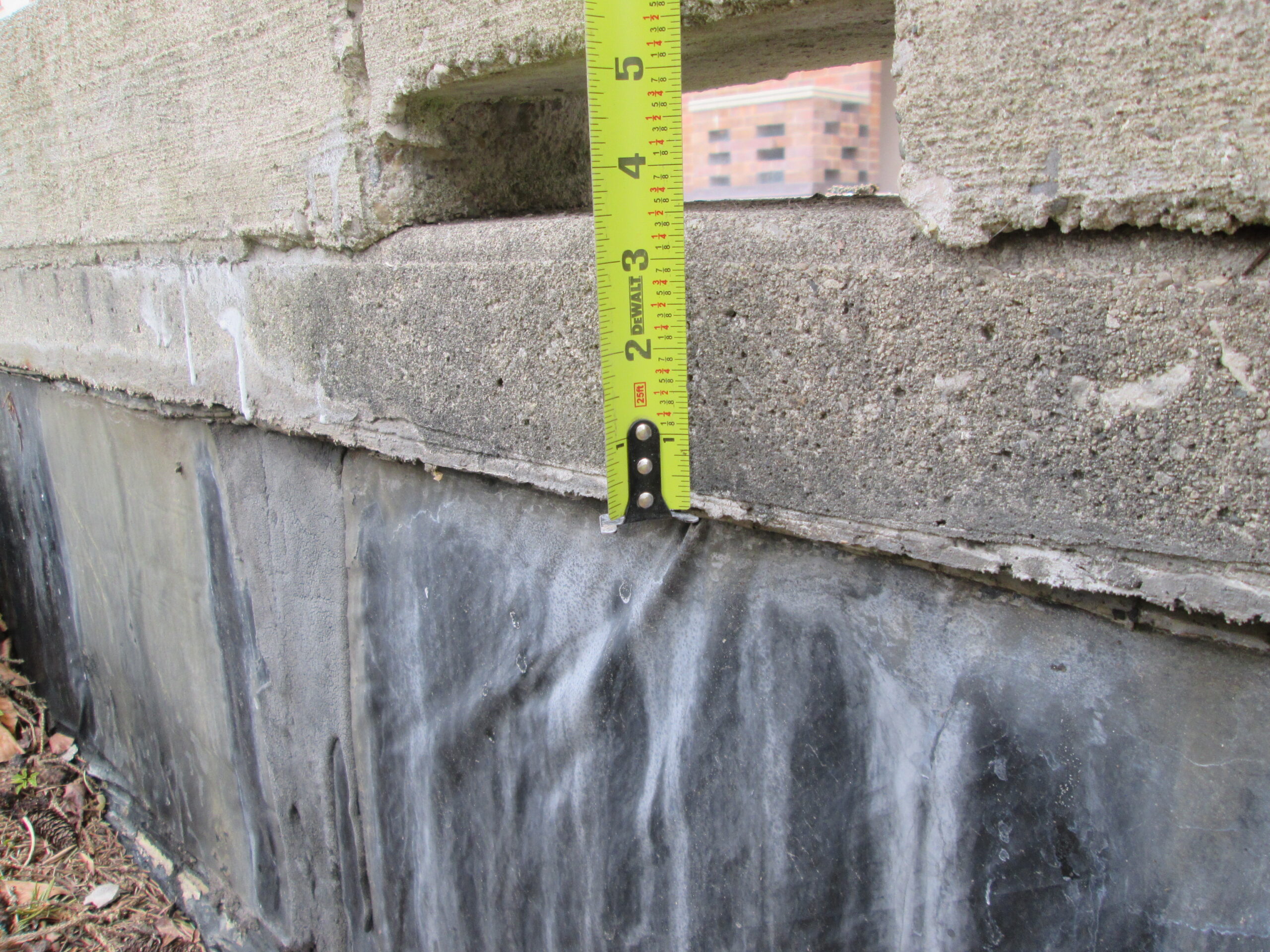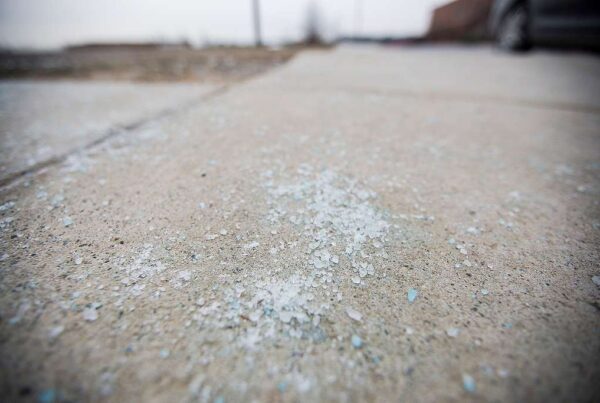Structural Inspection Frequency – A Structural Engineer’s Recommendations for Homeowners
One question we often encounter is: “How often should I schedule a structural inspection for my property?” This is a vital question every homeowner should be asking. Regular structural inspections can catch minor problems before they turn into major, costly repairs. In this guide, we’ll shed light on how frequently various property elements should be inspected and the warning signs of structural issues to watch out for.
How Often Should a Structural Inspection be Carried Out?
The general recommendation for a comprehensive structural inspection by a certified structural engineer is once every 3-5 years, with the exact timing depending on your property’s age and overall condition. However, different components of your property demand varying frequencies of inspection. Here’s a brief rundown:
- Roofing: Annually, and after any extreme weather events. A leaking roof can create a range of problems, from water damage to structural weakening.
- Foundation: Structural inspections every 3-5 years, unless you notice visible signs of cracking, settling, or water damage.
- External Walls: Similar to the foundation, an inspection every 3-5 years is recommended.
- Internal Structures: These include floor joists, load-bearing walls, and beams. Typically, a structural inspection every 5 years is adequate, but call a structural engineer immediately if you spot any warning signs.
- HVAC, Electrical and Plumbing Systems: It’s wise to have these checked annually by a certified professional to ensure they aren’t causing any hidden structural issues.
Keep in mind, this is a general guide. If your property is in an area prone to natural disasters such as earthquakes, hurricanes, or floods, or if your home is older, more frequent structural inspections are advised.
Warning Signs Your Property Needs a Structural Inspection
There are certain red flags that should prompt immediate contact with a structural engineer. Let’s discuss some of these warning signs of structural issues:
- Cracks: Small, hairline cracks might be merely cosmetic, but larger, expanding cracks—especially in foundation walls or floors—could indicate grave structural issues.
- Sagging or Uneven Floors: Sloping or sagging floors could signal problems with the support structures beneath the floor.
- Sticking Doors and Windows: These could indicate a shift in your home’s structure, often related to foundation issues.
- Water Damage: Signs of water damage, such as mold, mildew, or rot, could hint at structural issues.
- Bowed Walls: Walls that are bowing in or out may indicate problems with the home’s foundation or load-bearing walls.
In conclusion, preventive maintenance, including regular structural inspections, is a crucial part of home ownership. Spotting warning signs of structural issues early on can save you significant repair costs in the future and ensures that your home remains a safe place for you and your family. Don’t hesitate to contact a structural engineer if you notice anything unusual – it’s always better to err on the side of caution when it comes to your home’s structural integrity. Feel free to reach out with any questions or concerns.




